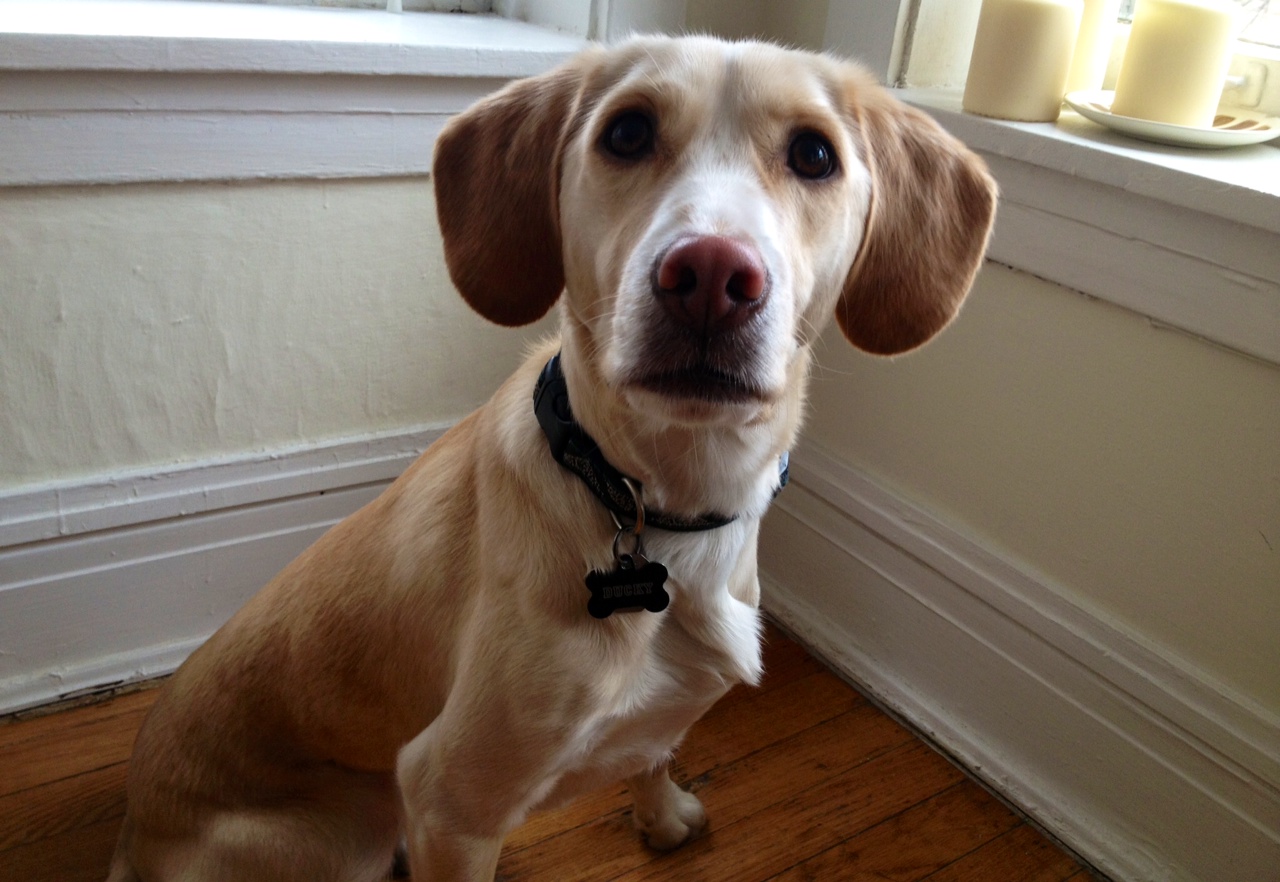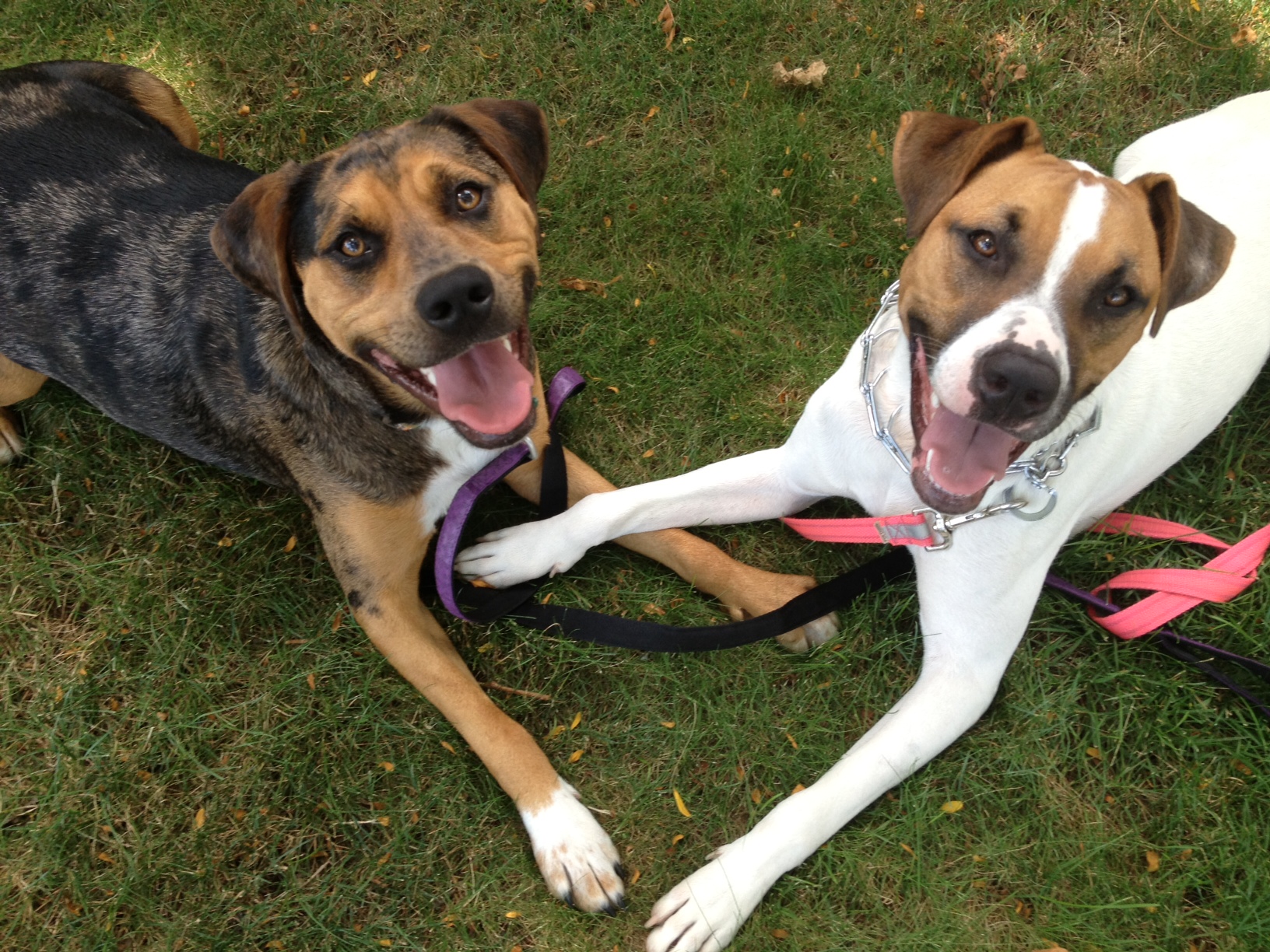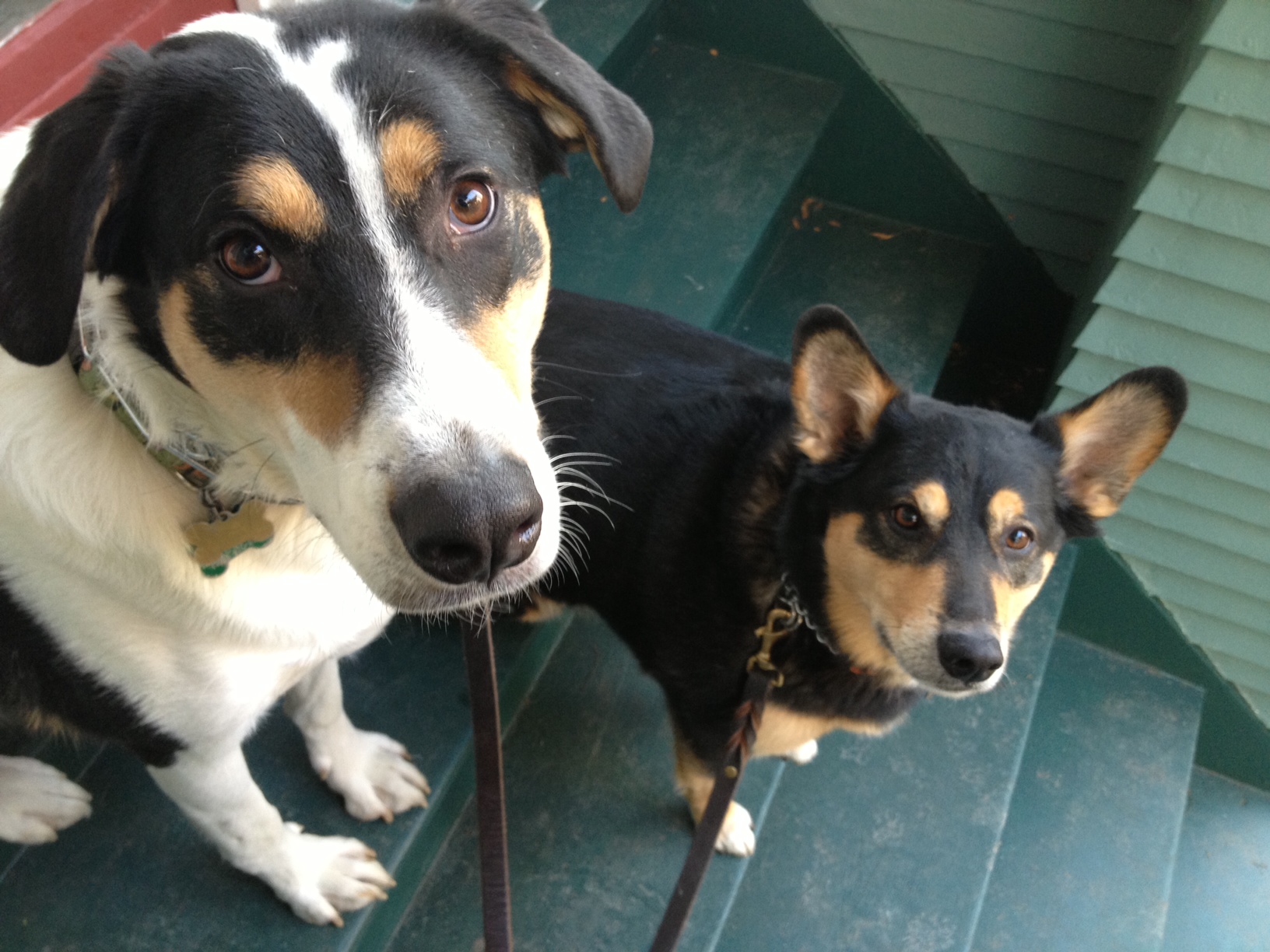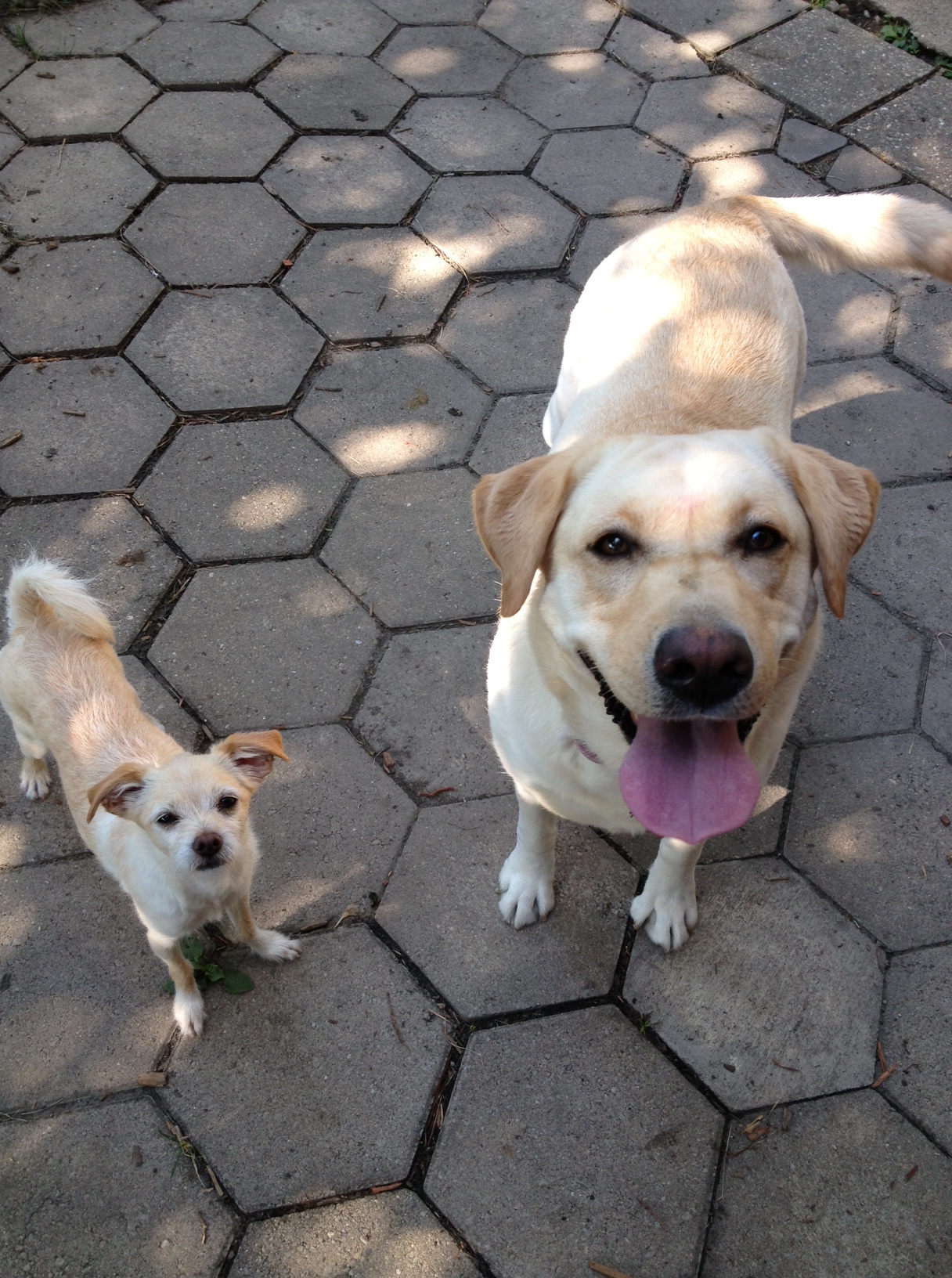May 29, 2013

Ducky
Imagine this with me.
There’s a man named John and he’s married to Jane. They live far away from everyone and everything, taking a rare trip into town on occasion. They live without electricity so common things aren’t part of the house, and they haven’t welcomed a visitor for years.
John and Jane decide to have a kid that they name Joe. For the first few years of life he doesn’t meet anyone new and spends his playtime alone. As he gets older, John and Jane decide he won’t go to school; instead he’ll work on their farm.
Eventually Joe’s Dad starts allowing him to go to town but tells him to be careful of strangers, to not talk to them. Joe feels afraid to speak to anyone but his parents, so this is fine with him.
Joe isn’t aware of many ordinary items that are present in other environments. He’s never seen a TV, never walked in the shadow of a large building, never learned to cross a street using a traffic signal. He’s never heard the noise of a big city and he’s never had to meet someone and make a friend.
Then life changes. John and Jane die suddenly. Joe is only 12 and he’s left alone. Eventually someone discovers Joe and he’s put into foster care.
Joe’s differences from other 12-year olds are pretty obvious. He is clearly terrified, startled by everything, unable to sleep, eat, he’s even wetting the bed. He can’t process anything around him. His reaction to everything is to shutdown, he spends his days as silently as possible.
His foster family finds that strange. So they start adding new experiences like bringing him to classmate’s birthday parties and water parks, stuff they assume any kid would like. It’s clear to them that he hates it, but they feel like he’ll get over it, so they try again and again, forcing him to participate.
Another weekend begins and Joe finds himself in the car heading to a family party. He’s had it. No one is listening to him. He’s frustrated, and really angry. So that day he decides to make his foster parents listen to him. He decides to scream and claw at his foster mom as she pulls him out of the car. They let him stay there until he calms down and when he makes the decision himself to get out, he heads into the party.
People at the party say hello, try to engage him but begin to notice how strange he’s acting, that his mannerisms seem weird, that he’s entertaining himself in bizarre ways. Some are offended by him, others walk away leaving him alone.
Strange story to start with, right? What does it have to do with this blog and why is it following my last post?
The story was written to give you something to relate to when picturing life for a good majority of dogs. Little or no social skills, no preparation for the “real world,” and then we are all collectively surprised when the dog isn’t a model citizen.
This week I’m writing on socialization as it relates to pet dogs, young and old. It’s the one thing every dog owner should know about and take seriously.

Marble with sister, Mango
Pre-Programming
Every animal on the planet is programmed to be able to accept new things easily during its young life. The period of time varies, but it is present in every mammal. Young dogs can easily accept new things from the time they are babies until reaching maturity. The window of opportunity is wide open at two weeks of age, but then starts swinging shut until it ALMOST closes at around a year of age.
After the critical period of learning is over, dogs are programmed to be afraid of new things. This instinctual trait is compounded by the fact that dogs do not generalize well. So just because your dog gets along with the neighbor’s dog doesn’t mean that your dog is ok with every other dog.

Kevin with brother, Wilson
Socialization
Dogs are cautious creatures as adults. If they encounter something new they normally choose to back away rather than investigate. If they cannot back away they become frightened and may show aggressive behavior toward whatever is scaring them.
Dogs should be desensitized to human environments or they will be scared, hyper, and show various other reactions to stimulus. Ideally, a dog could be taken to various environments, meet all different kinds of people, and learn doggy social behavior from all different types of dogs as a young puppy (young pups accept new things easily). However, even an adult dog can be desensitized to all sorts of things. Lack of a good socialization record is the #1 cause of dog aggression (fear aggression).
Another aspect of the socialization issue is that many dogs do not get enough interaction with a living being on a daily basis, and hardly ever get to interact with their own species. Dogs are social creatures, just like us. If they spend too much time alone they start to get a little weird, just like us.
How much interaction are you giving your dog?
How to Socialize
Your goal is to give your dog a PLEASANT EXPERIENCE. Avoid overwhelming them. Short, 5-minutes or less, laid-back exposures are best. The following suggestions are for those with new puppies. Those with new, adult dogs should practice the following with extreme caution and thoughtfulness. Remember to always advocate for your dog.
- If you have a pup, get yourself and your little one into a weekly training class. Group classes can be a godsend and they allow lots of contact with people and other young dogs.
- Walk your puppy or your new dog. Often. Allow them to see, hear, and smell its environment. Forget destination and focus on taking the time they need to learn.
- Allow your puppy to meet and greet different types of people and provide those new people with treats to give your puppy or new dog. It is extremely important that they meet and learn about all ages of children, from babies to teenagers. Introduce them to people of different ethnicities, shapes and sizes, ages, and abilities. Involve your delivery person or make a game of introducing him to the mailman, or other people in uniform.
- Your behavior is extremely important when socializing your puppy. Present a calm attitude toward everything. If your puppy get startled, then looks up at you and you are looking at him with a concerned look, he will think that there is a very valid reason to be frightened. Even if you feel concerned, pretend you are calm. Do something that shows the puppy “nothing is wrong.” Don’t freak out, or your puppy will, too! Also keep in mind that if you pet him, he might interpret that as praise for how he is behaving.
- Do not “point out” things that you want your puppy to see. Often dogs seem to interpret this as a warning. Instead, get “casually close” to the thing without paying particular attention to it, feeding the puppy at the same time. Keep your back to the thing, or side-on, never straight on.
End socialization sessions prior to seeing stress signals. Stress signals can include the following:
- Panting
- Lip Licking
- Shifty Eyes/Glancing around a lot
- Change in ear position/shifty ears (does not have to be the overt “ears back” of fear)
- Change in tail position (higher, lower, tenser)
- Change in posture (higher, tenser, lower, tentative)
- Change in Pace (suddenly pulling hard on lead, slowing way down, etc.)
- Redirected Behavior such as scratching, sniffing a lot, attention seeking behaviors, etc.

CBV and Rover-Time’s inspiration, my girl Ruby
If you see some of these signs of stress, remember to keep calm. Look around and see if there’s some way you can reduce the intensity of the environment. It might be necessary to remove yourself and your dog from the environment entirely. If so, do that calmly and try not to appear to be reacting to any particular thing.
Interested in my final piece of advice on this? Remember to have fun with your dog. As important as to raise a well-socialized animal, also remember that most dogs will also be a life-long project and everything you work on with him will take patience and compassion.
For a more in depth and personal plan for your dog seek a professional trainer or behaviorist.
In the comments below, I want to hear from you!
- What are your specific questions, concerns, or worries regarding dog socialization?
- Do you have any success stories to share? Ideas for others that when applied, worked for you?
If you’re enjoying this blog or you think others may find it helpful please repost the article on Facebook or Twitter! Thanks again for reading. We’ll be back next week to discuss diet & health care.

Recent Comments